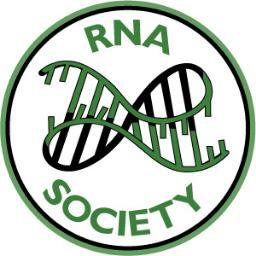Poster Presentation
lncRNA
Public Summary
Sepsis occurs as a result of hyper activation of the immune system, producing a systemic cytokine storm that can lead to death. Sepsis is challenging to treat and the CDC indicates that 1 in 3 patients who die in a hospital setting have sepsis. Individuals who survive sepsis can have long-lasting cognitive and physical impairments, therefore there is a critical need to better understand the molecular mechanisms driving inflammation during endotoxic shock if we are to identify new therapeutic targets. Our main focus is on the role that long noncoding RNAs (lncRNAs) play in controlling inflammation. Here we describe the role for a lncRNA called GAPLINC (gastric adenocarcinoma predicted long intergenic noncoding RNA) in controlling the immune response during sepsis.
GAPLINC is highly expressed in macrophages averaging about 300 copies per cell. A knock down model of GAPLINC in primary human macrophages resulted in upregulation of a number of inflammatory genes even in the absence of stimulation. GAPLINC is dramatically downregulated upon inflammatory activation. We identified a conserved GAPLINC transcript in mice and generated a knockout using CRISPR technology. GAPLINC KOs were resistant to LPS induced shock and had altered cytokine production, even at baseline, consistent with findings in human macrophages. We recently generated a transgenic mouse line overexpressing GAPLINC which we subsequently crossed to our GAPLINC KO mice. We aim to determine the impacts that gain of GAPLINC has on the immune response and whether we can reverse the KO phenotype by crossing with our transgenic animals. Our ultimate goal is to understand the molecular mechanisms by which GAPLINC regulates the immune response during sepsis.


